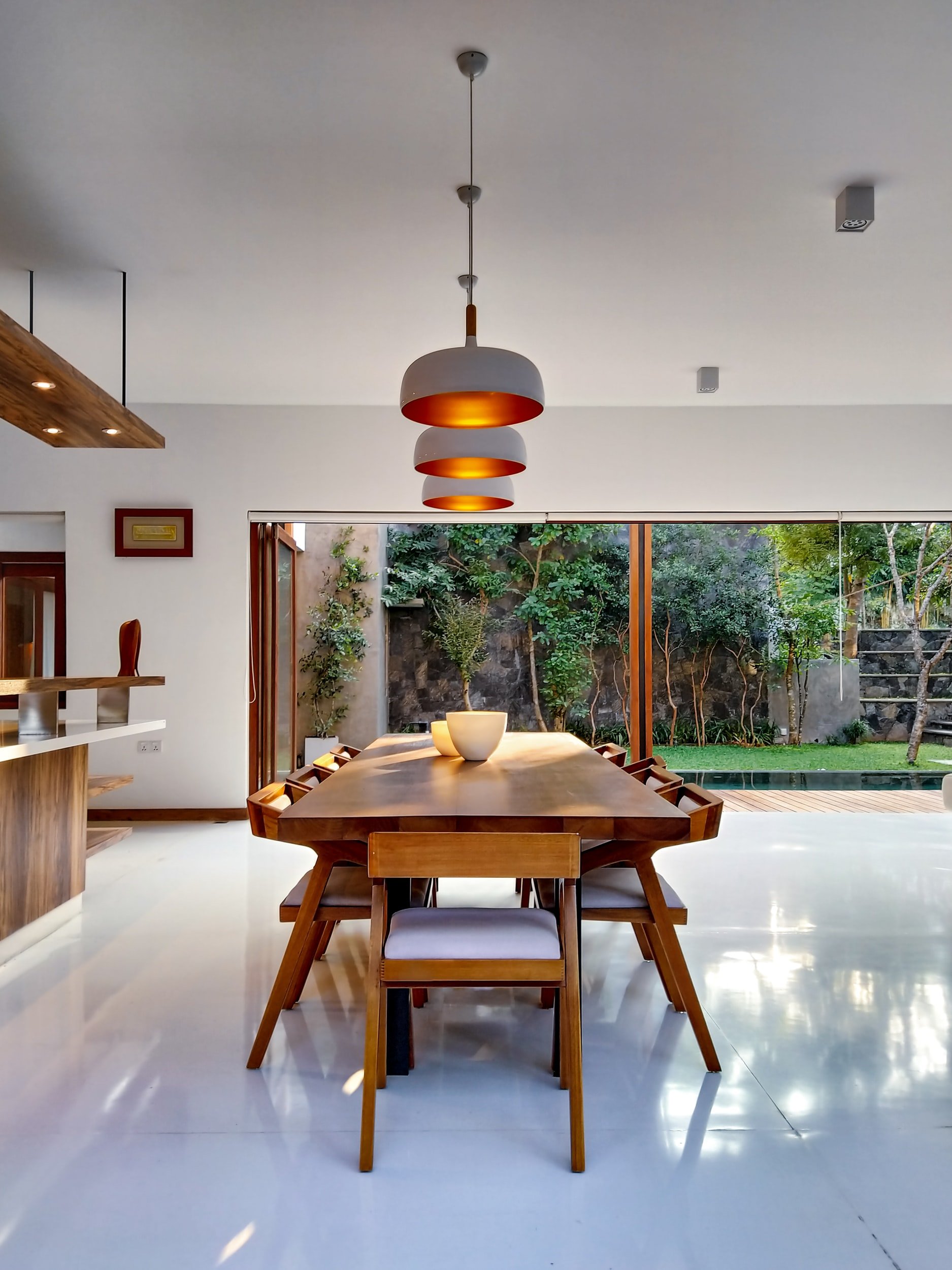3 Ways Interior Design and Home Staging Are Nothing Alike
Hey there!
I'm Cindy
Founder of Staged4more.
For those who are just starting out in the home staging business, you might be wondering how home staging is different from interior design. While there might be some similarities in that both involve redesigning a home to give it a more polished look, there are more differences than similarities, and understanding the distinctions will help you get your career off and running.
Staging and updating the interior design of a home have different goals
To stage a home well, you have to first understand why a home needs to be staged. Staging happens during the home selling process as a way to give the home a clean look that can appeal to a wide range of buyers. That means the personalization that might happen during an interior design process is nearly irrelevant during the staging process. Interior design is oftentimes about a homeowner expressing their taste in a home that they want to enjoy living in.
Meanwhile, with staging, personal family photos and objects that are more unique will be replaced with tasteful decorative items. As the name says, staging is almost like getting a home ready to go on stage, and you might think of its staging look as a costume that highlights a home’s best features.

Color, materials, and finish matter — in different ways
In interior design, colors, materials, and finishes are both personal and functional. If a homeowner wants to decorate their bathroom in their favorite pink hue, that’s fine, or, if they need extra durability in the kitchen because of kids or pets, then floors and furnishings might be selected to deal with day-to-day wear and tear. Or, if a homeowner wants to highlight an art collection or their favorite furniture designer, that is all in the realm of interior design.
Home staging, however, is about creating what stagers call stylized vignettes, or a group of eye-catching objects in each room — such as a dining table set with decorative napkins, a bathroom with a few ornamental plants and candles, and a living room with a statement rug that isn’t too overpowering. That pink bathroom will need to be repainted white or another neutral, floors will need to be polished, and kitchens will get a more elegant look.
Budgets for staging and interior design differ
Because interior design is likely a project that homeowners see as a long-term investment (one that they may not change for a few years), the budget for it is higher than with staging. The price for interior design varies depending on individual budgets, and for some lower budgets, the difference may not be that great.
Staging is a temporary design presentation for a home that will likely incorporate existing furniture (especially if the seller is still living in the home while showing it) while subtracting some items and adding others. This also brings the cost down because staging is a quicker process than giving a home a complete redesign. Home stagers also work closely with real estate agents to understand what buyers are looking for.
Many home stagers also work as interior designers and you may find that having a mix of both types of clients can help you diversify your income streams. It could even be that a home staging client becomes an interior design client for their new home, so keeping those connections strong matters, no matter where you see your business heading.
This article is provided by HomeLight. HomeLight empowers people to achieve better outcomes during one of life’s most important events: buying or selling their home. Our vision is a world where every real estate transaction is simple, certain, and satisfying.
What Are You Looking For?
Company
About
Join the School
Events
Podcast
Home Stager Directory
International Home Staging Awards
StagerCon 2023
Subscribe to our newsletter
Contact
Student Log-In
Teach on Staged4more
Terms & Privacy Policy
Affiliate Disclosure
Contribute & Ads
Sponsorship
Join Us
FAQs
Become an Ambassador
Contact
Website Design by Local Creative
© 2025 Staged4more. All Rights Reserved

